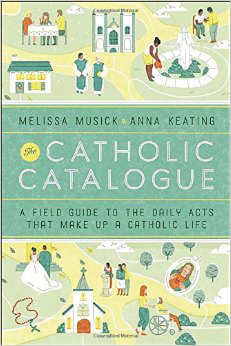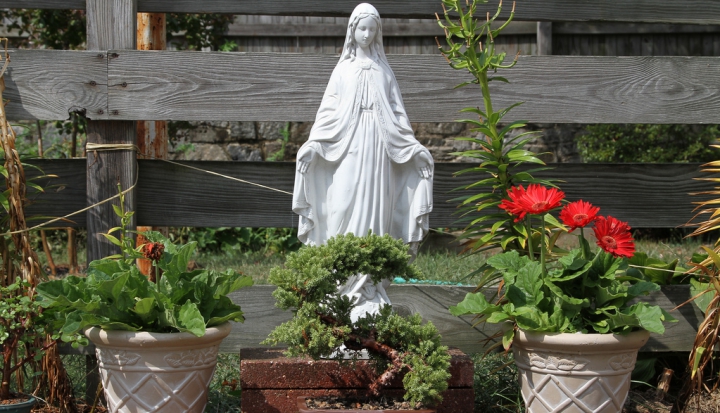Flipping through the pages of Melissa Musick and Anna Keating’s The Catholic Catalogue : A Field Guide to the Daily Acts That Make Up a Catholic Life, I immediately thought, “Wow, I must be a bad Catholic.” I’m not big on the veneration of relics, I’ve never blessed my home, and I don’t have a “Mary garden.”
The beauty of this book is that Musick and Keating are clear it’s not the specific practices that make or break a good Catholic but instead what these practices tell us about our relationship to God. “Being a Catholic means living a life,” they write in the introduction, “and not just on Sundays.”
 The authors write that they intend their guide be used like any other field guide—not read from beginning to end. Personally, I went straight to the chapters on Christian meditation and Catholic tattoos.
The authors write that they intend their guide be used like any other field guide—not read from beginning to end. Personally, I went straight to the chapters on Christian meditation and Catholic tattoos.
But even if you don’t identify with some of the practices, chances are you’ll find others that immediately hit a chord. In reading the chapter on venerating relics, in which the authors say, “What we choose to keep tells us what matters to us. . . . I still have my grandmother’s pancake griddle,” I was reminded that I, too, have relics from my grandparents that remind me of them daily. And while my garden may be devoted more to lettuce and tomatoes than Marian plants, I also go outside to pray and feel closer to God.
As Catholics, we believe that our lives embody our faith and that our practices “create space in our daily lives for an encounter with the goodness that is God.” As such, this is a good read for all Catholics: Those who want a “field guide” to Catholic life and those who need a reminder of the significance of familiar rituals in their daily lives.
This article also appears in the July 2016 issue of U.S. Catholic (Vol. 81, No. 7, page 41).
Image: Flickr cc via Jim, the Photographer












Add comment